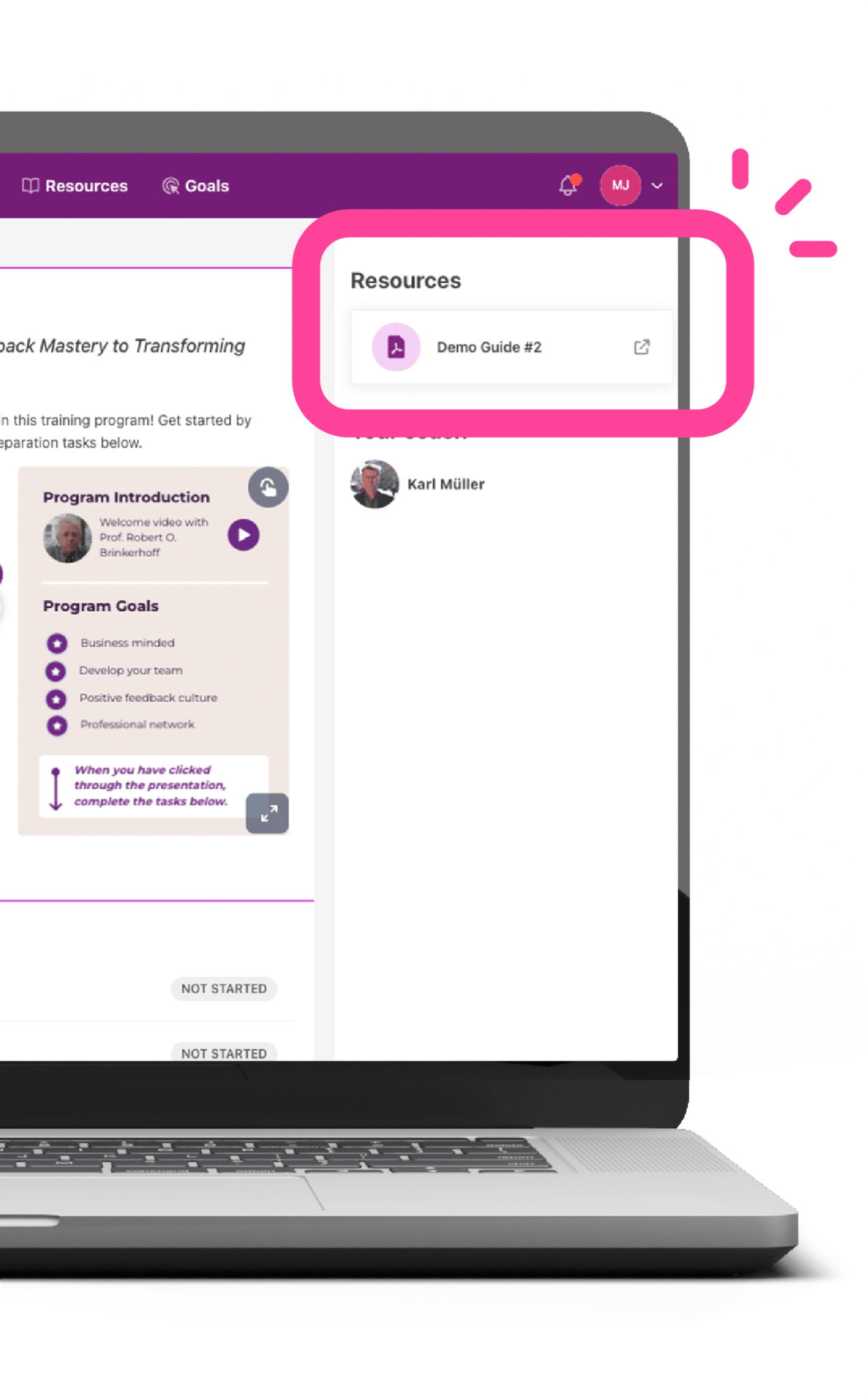What are the 5 key ingredients for impactful learning? We asked Professor Robert Brinkerhoff to distill all his previous research and practice in High Impact Learning into those key factors that he felt needed to be in place if we are to successfully convert training into virtual online experiences.
The 5 key ingredients for impactful learning presented below are the key factors for an impactful learning experience. But, although they will make an impact on their own, Professor Brinkerhoff has noted that these five factors are not independent of one another, but interact mutually, one helping enhance the other. All five together creating the “perfect storm” for training transfer that drives worthwhile results.
1. Manager engagement
We always find that when manager engagement is high, the probability of learners applying their training in a useful way in their work goes up – dramatically. And the opposite is true – when the mangers have no engagement at all, the likelihood of impact decreases.
As we dug deeper into why this finding was always so predictably true, it looked to us to boil down to two conditions that were driven by high manager engagement: Expectation and Accountability. That is, manager engagement needed to be not just a simple sort of “cheerleading” or encouragement for participating in the training.
The engagement of the manager had to send the clear message that the manager expected more than participation and learning, but expected to see usage. That expectation then led to a sense of accountability on the part of the trainee. The ideal manager engagement established a joint sense of accountability: I, your manager, expect you, the trainee to use this learning in our work together. And also: you, the trainee, can expect me to support you as you try to use it. I’ll hold you accountable for applying the learning, and I expect you to hold me accountable for helping you use it.
2. Focus on application
All of the training design and the message about it needs to make that point that application is the goal of the training, not just participation, and not just learning, but application of that learning on the job. If training participants see their obligation ending at simply participating in the training, or even beyond that, to actually learning something, then the probability of worthwhile transfer is low.
3. Deep business linkage
Impactful training must have clearly explicated linkage to important business or organizational goals. We call it “deep” business linkage to make it clear that simple nominal business linkage is not enough. Imagine, for example, that our organization has a goal to create better customer satisfaction. If we have some training whose purpose is to help serve the achievement of that goal, we have to do more than simply give the training a name that includes the phrase “customer satisfaction”. That linkage has to go deeper.
Furthermore, it has to be made clear how the training will help drive customer satisfaction for each different job role that is expected to participate in the training. That is, if I am for example a marketing coordinator, I have to see clearly what specific actions and results in my particular job this training will help me improve. And this linkage needs to be made clear to my manager as well.
Also, this linkage from learning to job actions to job results, and thence to customer satisfaction has to be clarified and specified for each and every job role that is targeted for participation in this training.
4. Practice, with feedback
Since the deep business linkage makes clear what job actions are intended to be improved, it is obvious that the training must provide ample and sufficient opportunities to practice those actions. And to be effective, those practice opportunities have to be supported with feedback. Finally, to the extent that the new actions are different from the actions that are in place today, that practise should be phased to start with simple practice exercises in a safe environment, then gradually increased in complexity and challenge until proficiency can be achieved.
5. What’s in it for me or “WIFM”
Impactful training will always take pains to help each and every participant commit their time and energy to their learning journey. No one has time to engage in all of the things they could and should; the very act of living entails choices and decisions about when, where and what to attend to. Ideally, when all the previous four elements are clearly established, the “what’s in it for me” should not be a stretch. But without some attention to making the WIFM clear, and revisiting it on occasion as time goes by, attention and commitment can fade.
Become a certified professional today!
Want to learn more than these 5 key ingredients for impactful learning? Learn more about how to create engaging factors for learning and impactful training by learning more about our Brinkerhoff Certification – for High Performance Learning Journeys® here!



